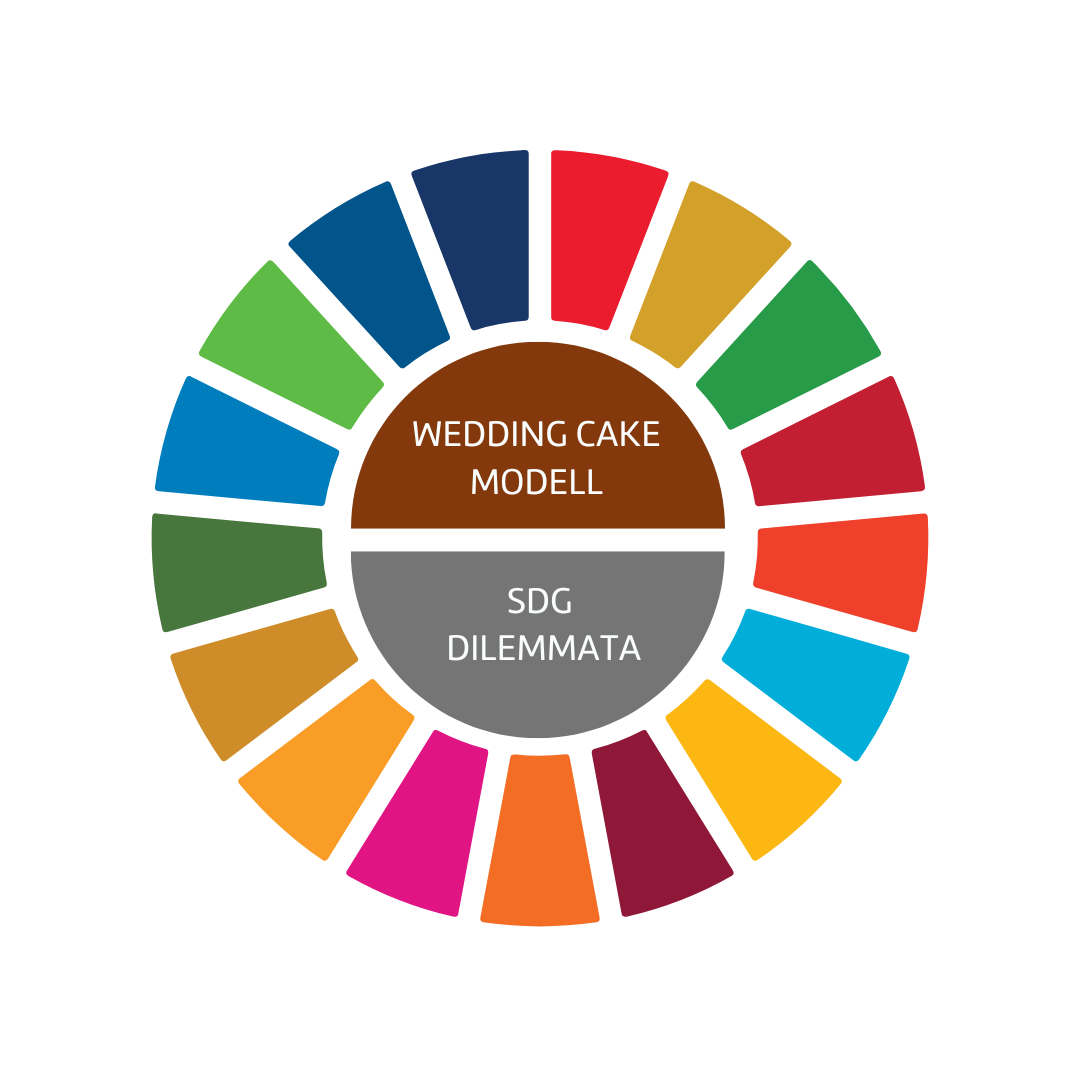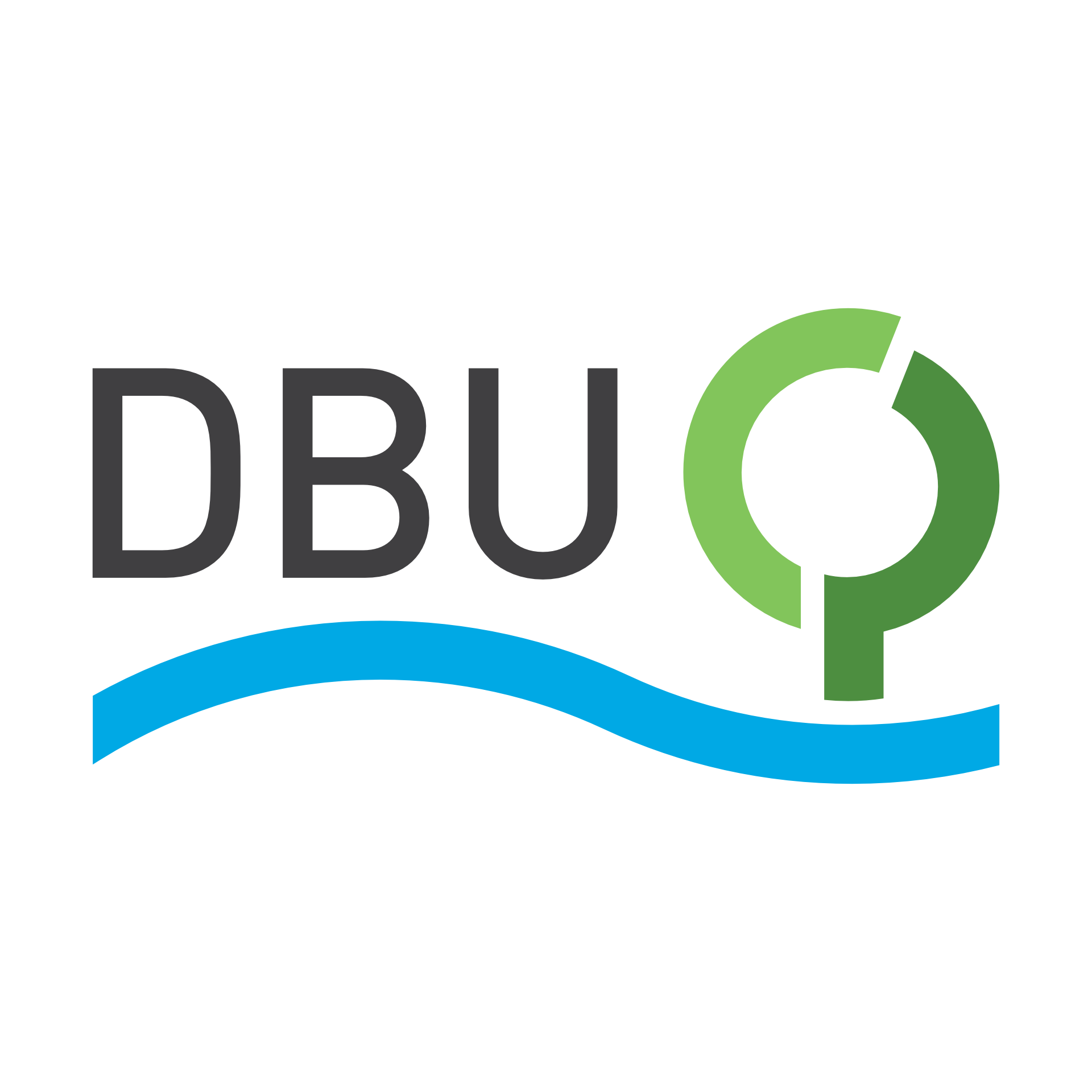Teaching Materials

Find a wide range of structured teaching materials designed to seamlessly integrate sustainability education into your classroom.
Each Learning World is an interactive module designed to teach students about an SDG, the Wedding Cake Model, or an SDG Dilemma. The Learning Worlds include:
- Engaging boardstory (animated video)
- Interactive tasks and activities
- Teacher guide with background information, practical examples, and didactic strategies
- A student workbook with ready-to-use worksheets
Browse our learning world overview below and integrate them into your lessons, guiding students through real-world sustainability challenges in a fun and educational way:
Learning World
SDG 01: No Poverty
Learning World
SDG 02: Zero Hunger
Learning World
SDG 03: Good Health and Well-being
FAQs
The boardstory player is an interactive digital tool that presents sustainability topics through engaging, animated stories and embedded interactive exercises. The player manual provides step-by-step guidance on how to use the tool, navigate the stories, and incorporate them into classroom lessons effectively.
Educators can select a Learning World based on an SDG or theme and adapt the materials to fit their classroom needs. All exercises can be completed without having any specific pre-existing knowledge about the topic.
Our teaching materials include a structured teacher guide with background information, practical examples, and didactic strategies as well as a student workbook with ready-to-use worksheets. The heart of each learning world is the interactive, animated boardstory supporting fact-based learning that is fun.
Digital ESD is designed for primary school teachers who want to integrate sustainability education into their lessons. The materials have specifically been developed for students aged 9-11 years but can also be used with younger and older students. It also supports curriculum developers, educators, and organizations promoting ESD.
Yes! All resources on the Digital ESD platform are freely available for educators to use, adapt, and share.
The 17 SDGs are a set of global goals established by the United Nations to promote peace, prosperity, and environmental protection. They cover issues like poverty, clean energy, responsible consumption, climate action, and quality education. Our platform helps children understand these goals and their role in achieving them.
Education for Sustainable Development (ESD) is an approach to learning that equips students with the knowledge, skills, values, and attitudes needed to build a more sustainable future. It encourages critical thinking, problem-solving, and active participation in addressing global challenges such as climate change, inequality, and resource management.
The Whole School Approach to sustainability integrates sustainability into every aspect of school life, including the curriculum, infrastructure, daily operations, and partnerships with the wider community. It ensures that sustainability is not just taught in the classroom but demonstrated through real-world actions involving all stakeholders—students, teachers, parents, school staff, local authorities, NGOs, and the community.
By engaging students in hands-on activities like school gardens, outdoor learning, waste reduction, water and energy conservation, and innovative learning methods, this approach fosters authentic, experiential learning. It empowers students to take an active role in environmental stewardship, encouraging lifelong learning and contributing to a sustainable school culture.
In the Educational Input on the Whole School Approach in Primary Schools you can find more background information and examples on how to implement it into your school.




